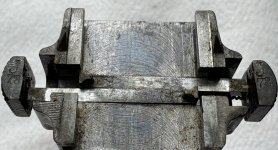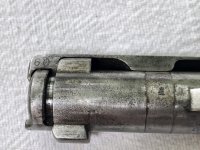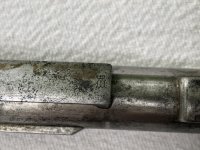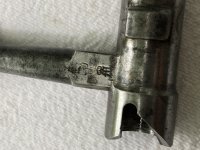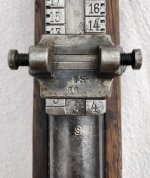mauser1908
Senior Member
I think we might have made a significant break through today. Chris, Cyrus and I were kicking around the idea that there are some original bolts on early gewehrs that were retrofitted with wide gas ports.
It was always thought that this process would have been too burdensome to implement and track, so early bolts and firing pins were scrapped when significant wear of the early components was evident. In many cases, this is undoubtedly true. Now we’re starting to think there were three paths. Path 1: early components remained as long as they didn’t show signs of wear. This is true due to the number of surviving original examples. Path 1 is also corroborated by Storz. Path 2: Per Storz, components with substantial wear were replaced. Path 3: A working theory, bolts that were likely to fail (caught during gaging) were retrofitted when possible. In an effort to keep skilled workers employed, path 3 may have been associated with the known reworking effort that occurred between 1908 and 1914.
The Evidence:
According to Storz, depot work of any significance required the surname initial of the supervisor who approved the work. Note rear sight retrofits and throat reaming.
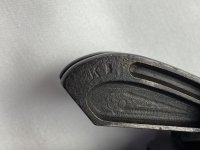
Now we have evidence of this on bolts. This rifle is my 1900 Danzig. This one has had a barrel replacement. The font difference in addition to high steel lot number proves this. I always assumed the bolt was a replacement, now I’m convinced it was retrofit. The bolt and receiver fonts are the same. The bolt body, firing pin, and cocking piece are all marked with an ‘S’, this is the only time I’ve ever seen this. I’m now under the impression that the ‘S’, is the surname initial for a supervisor that approved work completed on this bolt.
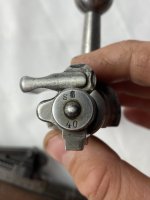
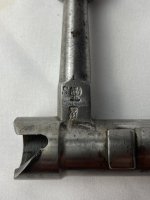
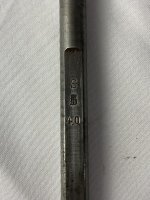
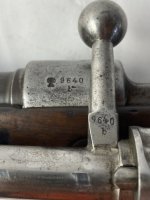
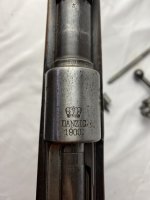
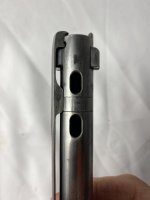
I welcome thoughts and discussion, I’m interested in hearing ideas on what else the ‘S’ markings may represent.
It was always thought that this process would have been too burdensome to implement and track, so early bolts and firing pins were scrapped when significant wear of the early components was evident. In many cases, this is undoubtedly true. Now we’re starting to think there were three paths. Path 1: early components remained as long as they didn’t show signs of wear. This is true due to the number of surviving original examples. Path 1 is also corroborated by Storz. Path 2: Per Storz, components with substantial wear were replaced. Path 3: A working theory, bolts that were likely to fail (caught during gaging) were retrofitted when possible. In an effort to keep skilled workers employed, path 3 may have been associated with the known reworking effort that occurred between 1908 and 1914.
The Evidence:
According to Storz, depot work of any significance required the surname initial of the supervisor who approved the work. Note rear sight retrofits and throat reaming.

Now we have evidence of this on bolts. This rifle is my 1900 Danzig. This one has had a barrel replacement. The font difference in addition to high steel lot number proves this. I always assumed the bolt was a replacement, now I’m convinced it was retrofit. The bolt and receiver fonts are the same. The bolt body, firing pin, and cocking piece are all marked with an ‘S’, this is the only time I’ve ever seen this. I’m now under the impression that the ‘S’, is the surname initial for a supervisor that approved work completed on this bolt.






I welcome thoughts and discussion, I’m interested in hearing ideas on what else the ‘S’ markings may represent.
Last edited:

